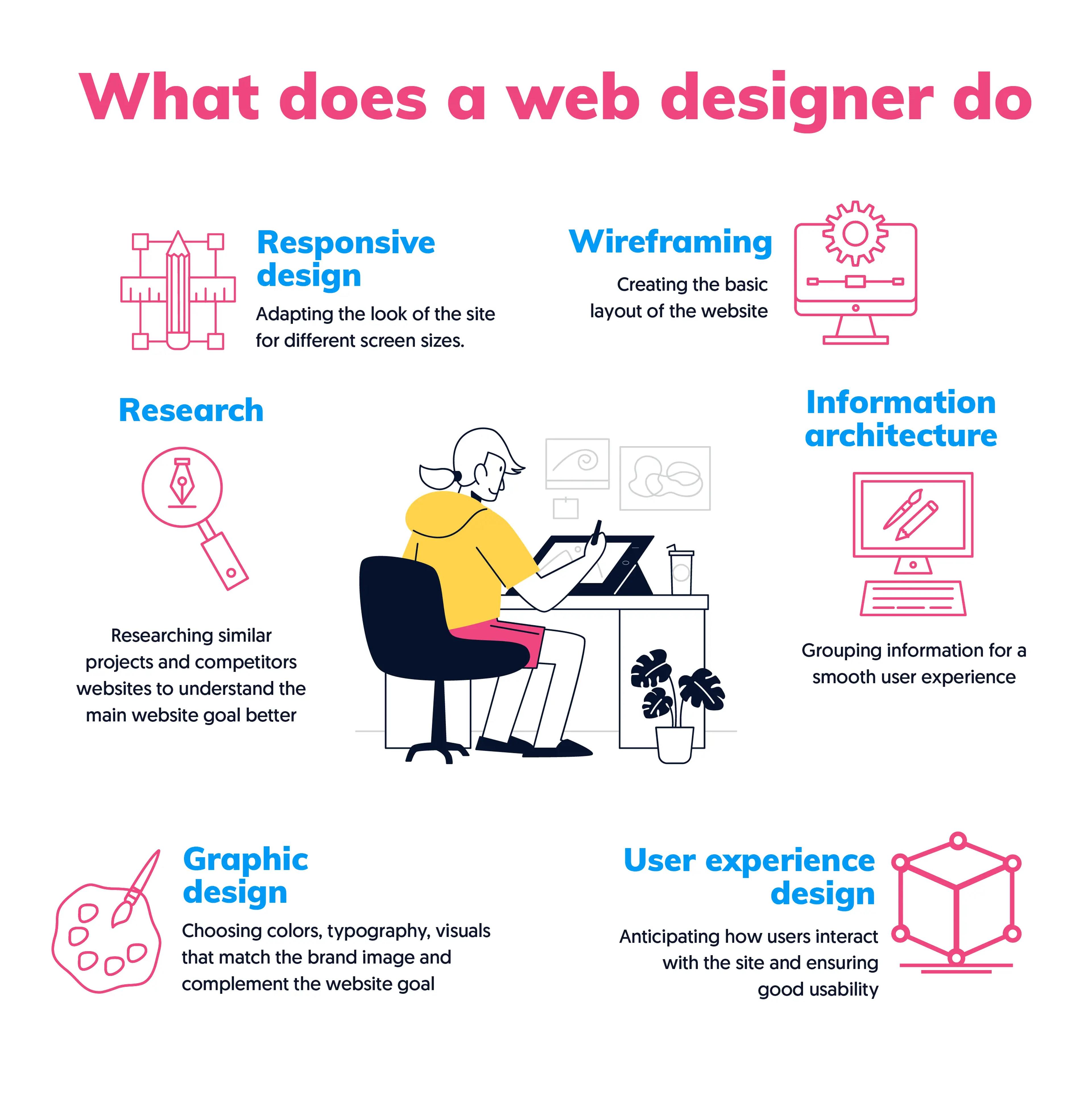Las Vegas SEO Firm With Expertise in Local and National Campaigns
Las Vegas SEO Firm With Expertise in Local and National Campaigns
Blog Article
Creative Website Design Solutions for Modern and Engaging Sites
In the world of web style, the pursuit of modern and interesting remedies has actually become increasingly important for organizations intending to capture individual focus. By integrating bold color plans, interactive components, and responsive designs, developers can produce experiences that not only resonate with customers but additionally improve brand name identity.
Welcoming Bold Color Design
In website design, the critical usage of vibrant color pattern can considerably boost customer interaction and brand name identification. By using dynamic hues, designers can create aesthetically striking web sites that catch interest and cultivate a remarkable experience. A well-chosen color scheme not just mirrors a company's values however additionally evokes specific emotions that can influence user actions.
Strong colors can be used to guide customers' interest to crucial elements such as contact us to activity, improving conversion rates. Making use of contrasting colors for switches and links can make these components stand out, motivating users to engage more easily. A cohesive shade plan across the website enhances brand recognition, creating a feeling of knowledge and depend on amongst site visitors.
Nevertheless, it is essential to stabilize vibrant colors with ample white area to avoid overwhelming individuals. Effective use of typography also enhances bold colors, guaranteeing readability while maintaining aesthetic allure. Eventually, accepting strong color design in internet layout not only raises visual quality yet also plays an essential function in accomplishing strategic service purposes, making it a vital factor to consider for contemporary web development.

Making Use Of Interactive Elements
Interactive components are necessary in modern web layout, as they substantially boost user interaction and create a much more vibrant surfing experience. By including functions such as computer animations, hover results, and clickable aspects, web sites can motivate users to explore content extra extensively and return for future brows through.

Micro-interactions, such as subtle animations when a button is clicked or a type is submitted, can likewise enhance the customer experience by supplying instant comments. These small information can make the website really feel more receptive and active, cultivating a sense of connection between users and the website.
Additionally, gamification elements, such as benefits for finishing specific site link activities, can encourage individuals to involve with the content extra deeply. By thoughtfully integrating these interactive components, web designers can develop an unforgettable and engaging on the internet experience that resonates with users and motivates them to return.
Applying Responsive Style
Implementing receptive style is essential in today's multi-device landscape, making certain that websites give an ideal check my reference watching experience throughout numerous display sizes. As customers significantly access the web with smart devices, tablets, and desktops, a one-size-fits-all strategy is no more practical. Receptive layout enables seamless navigation and communication, adapting design and web content to fit the gadget being utilized.
Key principles of receptive design include liquid grids, adaptable pictures, and media questions. Media inquiries assist in the application of various designs based on the gadget's qualities, such as width, elevation, or resolution, enabling developers to customize the individual experience efficiently.
Furthermore, receptive design improves search engine optimization efficiency, as internet search engine favor mobile-friendly websites. By executing responsive layout, businesses not only boost user contentment and involvement but additionally increase their reach in a competitive electronic landscape. As modern technology proceeds to progress, taking on receptive layout has actually ended up being a fundamental technique for any modern and engaging website.
Integrating Multimedia Content
Multimedia material plays an essential duty in producing interesting and dynamic web experiences that catch customers' focus and improve understanding. By incorporating text, photos, audio, and video, websites can offer a richer narrative that appeals to numerous learning styles and choices. This combination not just strengthens individual involvement yet additionally help in conveying intricate ideas succinctly.
Integrating high-grade images and infographics can separate Website textual content, making it more absorbable. Likewise, video clip tutorials and discussions can provide thorough insights that static web content may not fully connect. Audio elements, such as podcasts or background music, can additionally enhance the atmosphere of a web site, developing an extra immersive experience.
Furthermore, the tactical use multimedia can boost SEO efficiency, as online search engine favor varied web content kinds, boosting presence. It is vital to guarantee that multimedia elements do not impede page tons times, as this can lead to individual irritation. By balancing multimedia assimilation with performance considerations, internet developers can produce aesthetically appealing and useful sites that reverberate with customers, cultivating a deeper connection and encouraging return visits.
Prioritizing Customer Experience

To achieve an ideal individual experience, developers should concentrate on numerous crucial principles. Receptive layout is necessary; websites ought to adjust seamlessly to various tools and screen dimensions. This ease of access guarantees that individuals can engage with material despite their selected system. Second of all, clearness in format and power structure is critical. Clear phone call to action, readable typography, and arranged material guide individuals, minimizing cognitive load.
Ultimately, prioritizing UX not only elevates user contentment yet also drives involvement and conversion prices, making it a critical component of contemporary web style techniques. By positioning individuals at the center of style efforts, internet sites can develop long lasting, positive impressions that urge return visits.
Conclusion
In final thought, modern web style remedies that stress bold color schemes, interactive components, receptive style, and multimedia material significantly improve customer involvement and contentment. las vegas seo. Prioritizing individual experience via clear designs and continuous responses additionally adds to boosted conversion rates.
Report this page